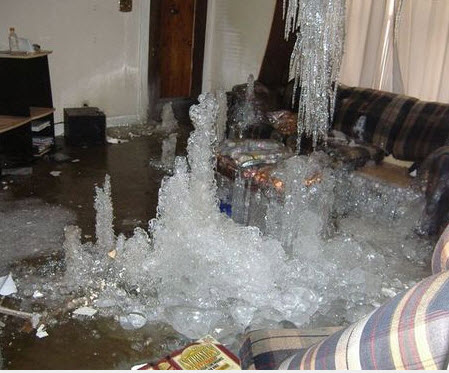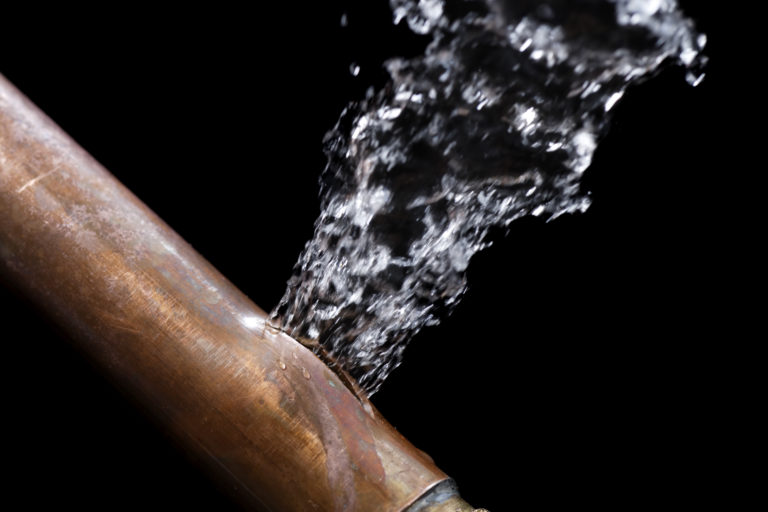Presented here in the next paragraphs you can locate a bunch of amazing guidance in relation to Flushing Food Down the Toilet?.

Introduction
Many people are commonly faced with the dilemma of what to do with food waste, specifically when it comes to leftovers or scraps. One common question that occurs is whether it's alright to flush food down the bathroom. In this short article, we'll delve into the reasons that people could take into consideration purging food, the repercussions of doing so, and alternate methods for correct disposal.
Reasons that individuals might think about flushing food
Lack of awareness
Some individuals may not know the prospective harm brought on by flushing food down the toilet. They may erroneously think that it's a safe practice.
Benefit
Flushing food down the commode might seem like a fast and simple remedy to taking care of undesirable scraps, particularly when there's no close-by trash bin available.
Idleness
Sometimes, people might merely select to flush food out of large negligence, without taking into consideration the repercussions of their activities.
Effects of flushing food down the commode
Ecological influence
Food waste that ends up in waterways can contribute to air pollution and injury water communities. In addition, the water made use of to purge food can stress water sources.
Plumbing problems
Flushing food can result in blocked pipes and drains, causing pricey pipes repair services and aggravations.
Sorts of food that should not be flushed
Fibrous foods
Foods with coarse textures such as celery or corn husks can obtain tangled in pipelines and trigger clogs.
Starchy foods
Starchy foods like pasta and rice can soak up water and swell, bring about obstructions in pipelines.
Oils and fats
Greasy foods like bacon or cooking oils need to never be flushed down the bathroom as they can solidify and cause blockages.
Appropriate disposal techniques for food waste
Using a garbage disposal
For homes furnished with waste disposal unit, food scraps can be ground up and flushed with the pipes system. Nevertheless, not all foods are suitable for disposal in this manner.
Recycling
Particular food packaging products can be recycled, minimizing waste and decreasing ecological influence.
Composting
Composting is an environment-friendly means to throw away food waste. Organic materials can be composted and used to enrich dirt for gardening.
The importance of proper waste monitoring
Minimizing ecological damage
Correct waste administration practices, such as composting and recycling, aid lessen pollution and preserve natural deposits for future generations.
Protecting plumbing systems
By staying clear of the practice of flushing food down the commode, house owners can protect against pricey plumbing fixings and maintain the honesty of their pipes systems.
Verdict
Finally, while it may be appealing to purge food down the commode for convenience, it is necessary to comprehend the potential consequences of this activity. By embracing correct waste monitoring practices and dealing with food waste sensibly, individuals can contribute to much healthier pipes systems and a cleaner environment for all.
THINK TWICE BEFORE FLUSHING FOOD DOWN YOUR TOILET IN FALLBROOK CA
Let’s be honest, we’re really supposed to be tossing rotten or leftover food in the compost bin or trash can. But many people like to place scraps of food down the drain of, say, their kitchen sink. That’s why the garbage disposal was invented: so we can continue to place certain foods down the drain without clogging our drain in the process. Smart.
But not all of us have the luxury of having a garbage disposal installed. So, you might continue to shove food down your sink drain anyway – or worse: you might flush them down your toilet! If you’re guilty of doing the latter, you’re going to want to stop, and here’s why:
Toilet Drains Aren’t Designed to Handle Food!
There’s your answer: food just doesn’t belong in your toilet. It may seem like your toilet drain is wider than the drains of your sinks, but truth be told, that isn’t actually the case. The narrower pipes of your toilet leave your plumbing at risk for clogging if you do happen to flush your food. In addition, food doesn’t break down as quickly that toilet paper and human waste do. In turn, this leaves your toilet at risk for a nasty clog.
Although a flush of a tiny pinch of food every now and then isn’t going to completely damage your toilet, there are certain foods that should absolutely not be flushed in your toilet at all. These include starchy foods like mashed potatoes, grains, hard pieces of food that are slow to break down, and fats and oils.
The latter categories of food are particularly problematic as they may harden, expand as they absorb water, break down slowly in your system, or generally create the perfect obstruction with their gelatinous composition. These are all things you don’t want in your plumbing system!
Experiencing a Toilet Clog?
Nobody’s perfect, and we all make mistakes. Sometimes one of the mistakes people make is flushing food down their toilet and later realizing that it wasn’t the best thing to do once they see that their toilet is now clogged. Uh-oh!

We were made aware of that write-up about Think Twice Before Flushing Food Down Your Toilet through a buddy on our other web address. If you appreciated our page plz consider to pass it around. We cherish reading our article about Is it safe to flush food (especially rice) down the toilet?.
Call Today

